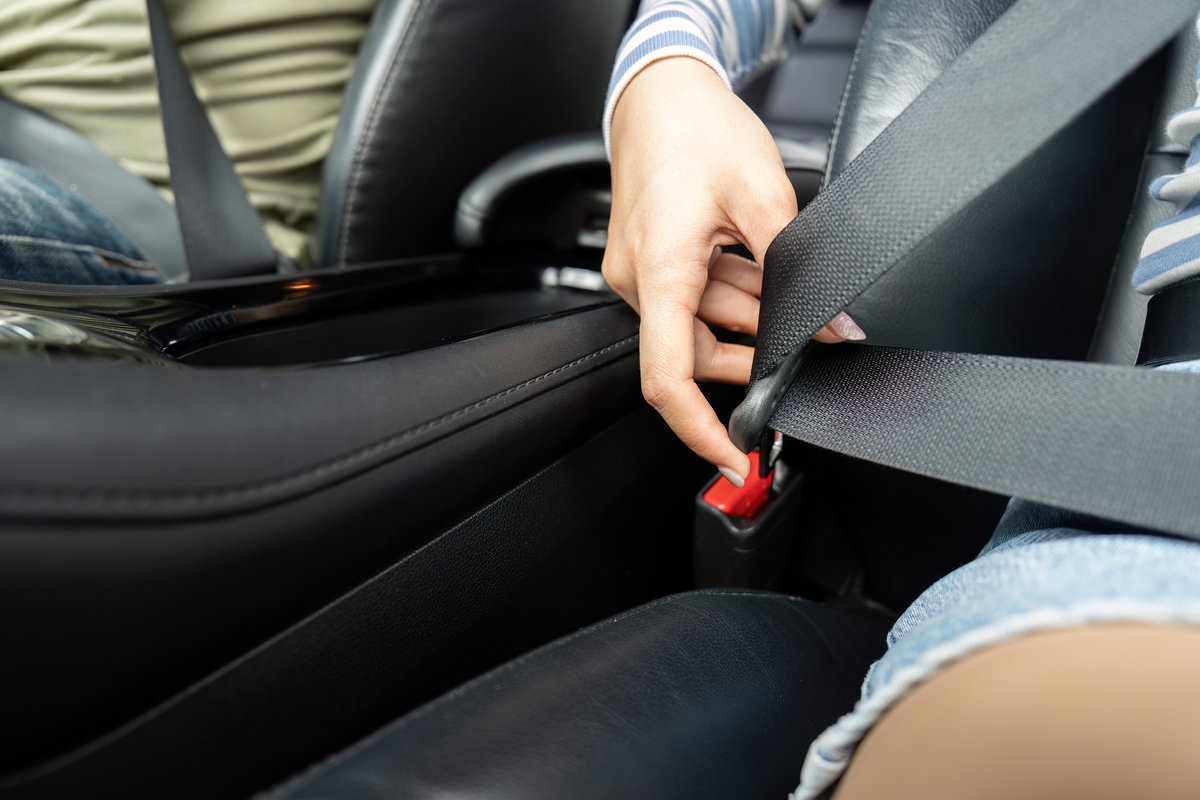Can You File a Personal Injury Claim If You Weren’t Wearing a Seatbelt?
The sinking realization that you weren’t wearing a seatbelt during a car accident can add stress and worry to an already traumatic situation, leaving many Colorado accident victims wondering if their failure to buckle up completely destroys their chances of receiving compensation for their injuries. This common concern stems from widespread misunderstanding about how Colorado’s legal system handles cases involving contributory negligence, but the truth is more nuanced and hopeful than many people realize.
While not wearing a seatbelt does complicate personal injury claims, it doesn’t automatically disqualify you from seeking compensation for damages caused by another driver’s negligence. At Mintz Law Firm, founder David J. Mintz has spent more than 35 years helping injured people navigate complex personal injury cases, while managing attorney Eric C. Staton brings over 15 years of experience to personal injury claims where contributory negligence factors require careful legal strategy and thorough case development.
Understanding Colorado’s Seatbelt Laws
Colorado law requires all drivers and passengers to wear seatbelts, with specific requirements for different age groups and seating positions. Seatbelt laws in Colorado establish that failure to use proper restraints can result in traffic citations and fines. However, these safety violations don’t automatically prevent injury victims from pursuing compensation when other drivers cause accidents through their own negligent behavior.
The key distinction lies between causing an accident and failing to minimize injuries. Even if you weren’t wearing a seatbelt, the other driver’s actions—such as speeding, texting while driving, or running red lights—remain the primary cause of the collision. Your seatbelt violation relates to injury severity rather than accident causation, creating important legal differences in how courts evaluate these cases.
Colorado’s Modified Comparative Negligence System
Colorado follows a modified comparative negligence system, which allows injury victims to recover damages even when they share some responsibility for their injuries. Colorado’s modified comparative negligence law permits recovery as long as your percentage of fault remains below 50%. This means not wearing a seatbelt may reduce your compensation, but won’t necessarily eliminate it entirely.
How comparative negligence law affects your case depends on the specific circumstances of your accident. Courts must determine what percentage of your injuries resulted from the other driver’s negligence versus your failure to wear a seatbelt. For example, if a drunk driver runs a red light and causes severe injuries, your lack of a seatbelt might account for only a small percentage of fault.
Insurance companies and defense attorneys often raise the “seatbelt defense” to reduce their liability, but they must prove several elements to successfully use this strategy. They must demonstrate that you weren’t wearing a seatbelt, that proper use would have prevented or reduced specific injuries, and that your failure directly contributed to damage severity.
Building a Strong Case Despite Seatbelt Issues
Experienced personal injury attorneys know how to minimize the impact of seatbelt violations on your case through thorough investigation and strategic case development. Accident reconstruction specialists can analyze collision dynamics to determine which injuries resulted from the primary impact versus secondary contact with vehicle interiors.
Medical documentation becomes essential for distinguishing between injuries that would have occurred with or without seatbelt use. Independent medical examinations and expert testimony can challenge insurance company assumptions about injury causation and help establish the true relationship between your injuries and seatbelt use.
Gathering evidence about the other driver’s negligence remains crucial for establishing primary liability. Proving that the other driver was texting, speeding, or driving under the influence helps demonstrate that their actions, not your seatbelt violation, were the primary cause of the accident and your resulting injuries.
Contact Mintz Law Firm for Seatbelt-Related Injury Cases
Not wearing a seatbelt complicates personal injury claims, but doesn’t eliminate your right to compensation when other drivers cause accidents through their negligence. Colorado’s comparative negligence system allows recovery even when you share some responsibility, though your damages may be reduced proportionally to your percentage of fault.
Our team at Mintz Law Firm brings decades of experience to complex personal injury cases involving contributory negligence, with founder David J. Mintz’s 35-plus years of advocacy and managing attorney Eric C. Staton’s 15 years of dedicated service to injury victims. We work with medical professionals and accident reconstruction specialists to minimize the impact of seatbelt violations and maximize your compensation for injuries caused by negligent drivers. Contact us today to discuss your case and learn how we can protect your rights despite seatbelt-related complications.

